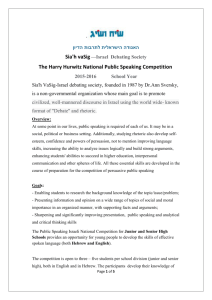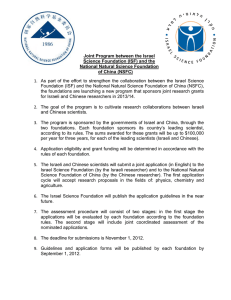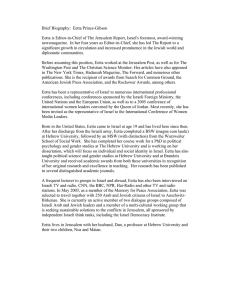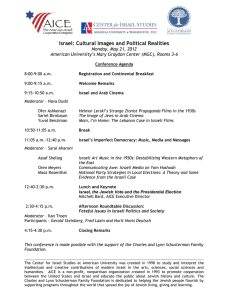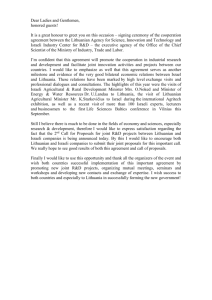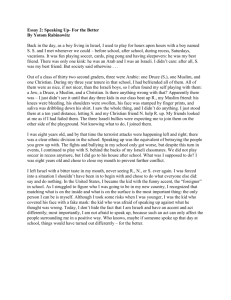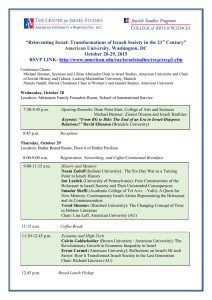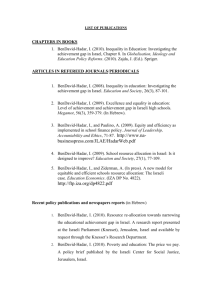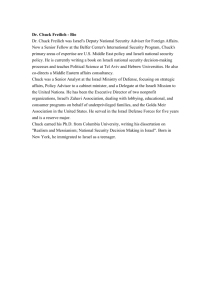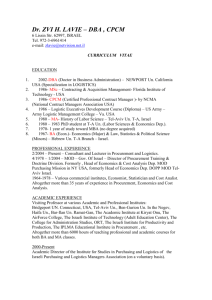cf7bbf74-1dac-411f-a513
advertisement
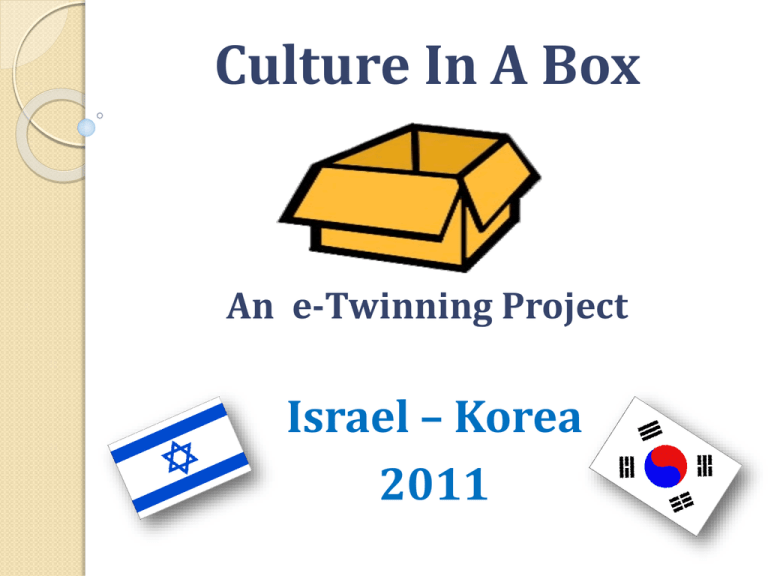
Culture In A Box An e-Twinning Project Israel – Korea 2011 What is a Culture Box? In this project, students will gather information about their own culture (country, area, school, religion etc.) and send it in a box to their partner school, which will produce and send a similar box. Pedagogical Value Students will have a chance to look for, classify, talk about, share, write, compare and present information on their culture and that of their partner. Objectives: Students will: • Consider the definition of culture and reflect on what it means to them • Share relevant information about their culture with their partners • Create a real box with items and explanations reflecting their culture • Learn about a different culture (compare and contrast with their own) • Use English in a meaningful way Process: Step 1 – Getting Started 1. Decide on the target class 8th grade AA level class 2. Find a twin class around the world ESLprintables.com 3. Brainstorm with your students Ask your students: * What is culture? * How would you present yourself to others? * How do you think other countries see us? 4. Pair students and Exchange first letters of introduction by “snail mail.” (Later communication is done by email). Israeli kids opening Korean letters Abbey, their teacher writes: Hi Sharon, My students had a really good time opening the letters, too. They showed them to each other and compared pen pals… They really liked looking at the pictures… Most of the students are very impressed that their pen pals are older than they are, and they think that these kids are very handsome and pretty. They would hold up their letters and say, "My pen pal, so pretty!“ I told them about kibbutzim, and they got really excited when they looked in their letters and found the word kibbutz. They are really curious about that, and they were asking me lots of questions about Israel. I told them to ask their pen pals in the next letters… Step 2 – Collecting Information Instructions: 1. Items must reflect our culture (country, area, school, tradition, religion etc.) 2. Try to make it interesting, attractive, and relevant. 3. Do not “Copy & Paste” information from the Internet. 4. Each item must have a clear written explanation in English. Students came up with the following ideas: 1. 2. 3. 4. 5. 6. 7. 8. 9. 10. 11. 12. 13. 14. 15. 16. Israeli songs on a CD A short video of our school The Jewish calendar + holidays A daily newspaper Tallit + yarmulke Shells from the beach Sukkot: ornaments + instructions Purim: rattle, mask, costumes Hanukah: menorah + candles The Israeli flag School uniform A map of Israel + names of Hof HaCarmel settlements Famous Israeli inventions (Taki, Bamba, drip irrigation system) Bookmarks with Hebrew ABC Name tags – English & Hebrew A “Shalom” poster with pictures of students Step 3 – Preparing and Exchanging Culture Boxes Koreans opening our culture box Israelis opening Korean culture box Step 4 – Further research of partner’s box As the students get their friends’ culture box, they need to examine its content: 1. They choose one or two items they find interesting. 2. Use email to ask their friends more questions about the items. 3. Present the items and all the information they have been collecting in class. Follow up: Students must reflect and evaluate what they have learned from the project. They can do it by: Writing an essay Oral presentation The essay and the oral presentation must include: 1. A short description of the project 2. A description of their own task – what they put in the box, why they chose it, what it means to them. 3. The item they chose from their friends’ box – what it is, why they chose it, what they think of it. 4. Compare and contrast one aspect / idea / item regarding the Israeli and Korean culture. 5. Reflection – answering the following questions: ◦ What did you think and how did you feel before, during and after the project? ◦ What did you like best in the project. Why? ◦ What did you learn? ◦ What would you like to know more about? ◦ General comments General information: Age group: junior high students with a sufficient level of English Duration: 3-4 months Tools: Internet, email, (Skype, camera – optional) time and patience. A flight to Hof HaCarmel School: http://www.youtube.com/watch?v=wr81eveZpFU
